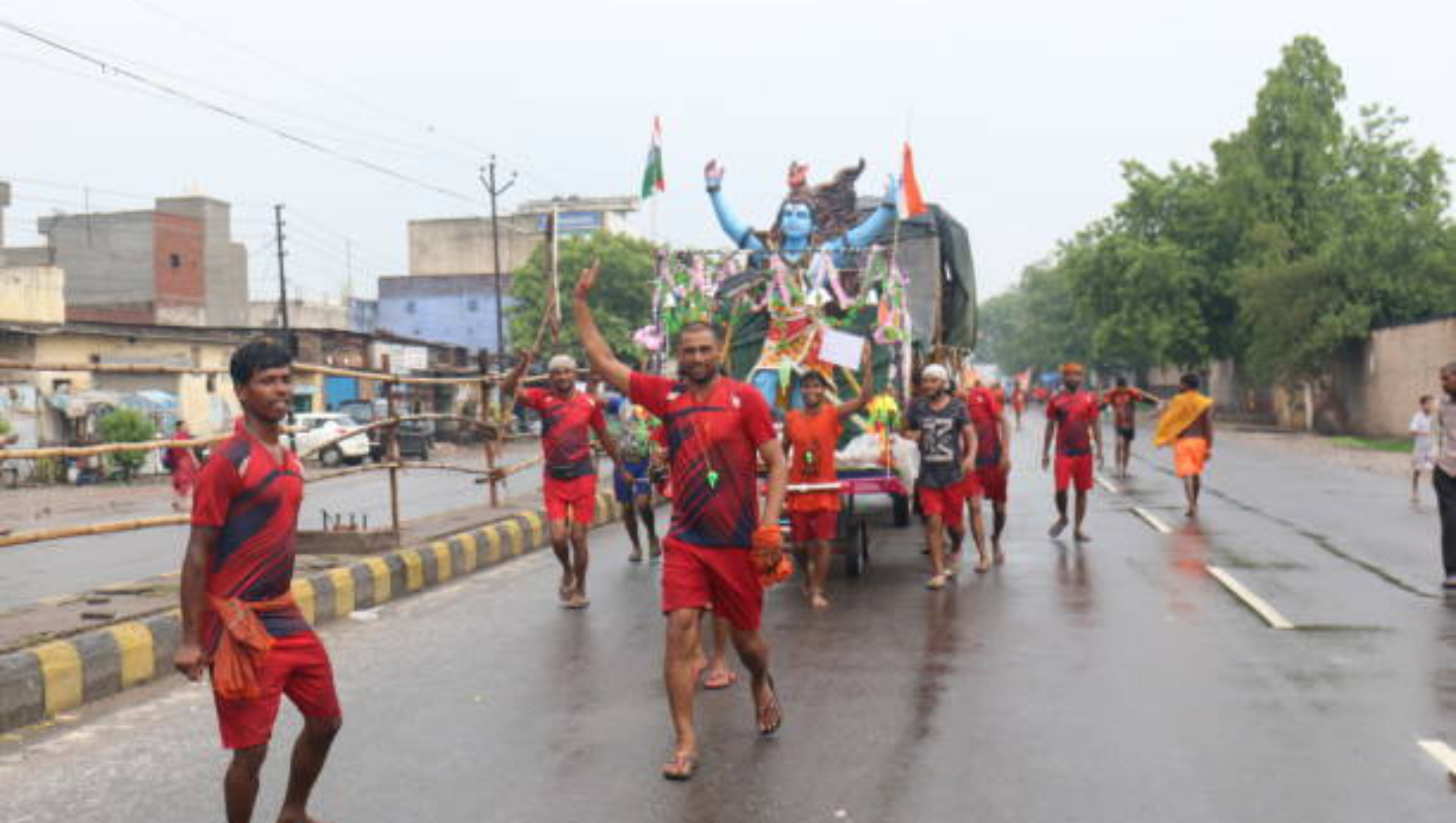Kawad Yatra 2025: Date, Significance, Rituals, and How to Be a Part of This Sacred Journey
Introduction
India is a land of rich traditions, spiritual journeys, and heartfelt devotion — and one of its most visually striking pilgrimages is the Kawad Yatra. Every year, during the holy month of Shravan, millions of devotees embark on this sacred journey, carrying holy water from the Ganga river and offering it to Lord Shiva in temples across the country.
As Kawad Yatra 2025 approaches, let’s take a closer look at its history, significance, rituals, and what makes this divine journey an unmissable experience for both devotees and travelers alike.
History & Significance of Kawad Yatra
The roots of the Kawad Yatra trace back to ancient Hindu mythology. It is believed that when Lord Shiva consumed the deadly poison Halahala during the churning of the cosmic ocean (Samudra Manthan), his devotees fetched holy Ganga water to offer to him, easing the effects of the poison.
Today, this act of devotion continues with Kanwariyas — pilgrims dressed in saffron attire — carrying elaborately decorated bamboo sticks (Kawads) filled with Ganga water, walking barefoot over hundreds of kilometers to temples like Haridwar, Gaumukh, Rishikesh, Deoghar, and Kashi Vishwanath to perform the sacred Abhishek (ritual bathing) of Lord Shiva’s Shivalinga.
Kawad Yatra 2025 Dates
In 2025, the month of Shravan as per the Hindu lunar calendar will begin on July 11, 2025 and end on August 9, 2025. The most significant day for devotees is Shravan Shivratri, which falls on August 7, 2025.
Major Dates:
Shravan Month Begins: July 11, 2025
Kawad Yatra Peak Week: July 28 – August 7, 2025
Shravan Shivratri: August 7, 2025
Rituals & How It’s Celebrated
Kanwariyas typically fetch water from the holy Ganga at places like Haridwar, Gangotri, Gaumukh, or Sultanganj.
They carry the water in a Kawad — a bamboo stick with water pots tied on both ends, often decorated with flowers, trinkets, and images of Lord Shiva.
The water is then carried barefoot, sometimes over distances of 100–250 kilometers, to their local or chosen Shiva temples.
On reaching the temple, devotees perform Abhishek — pouring the Ganga water over the Shivalinga while chanting ‘Om Namah Shivaya’.
Special camps and stalls are set up along the routes offering free food (Bhandara), resting places, and medical aid for the Kanwariyas.
What Makes Kawad Yatra 2025 Special
This year, several spiritual organizations and local administrations have planned improved amenities, stricter crowd management, and cultural programs along major routes. There’s a growing movement towards eco-friendly practices like reusable Kawads and awareness drives against plastic waste along pilgrimage routes.
Additionally, with the completion of new road developments and safety arrangements in places like Haridwar and Rishikesh, 2025 is expected to see record participation from across India and even Indian diaspora abroad.
Tips for Visitors and Pilgrims
Plan Early: The roads and accommodations near Haridwar, Rishikesh, and Deoghar get crowded quickly. Book in advance.
Dress Comfortably: Lightweight, breathable saffron clothes are traditional, but ensure proper footwear for walking stretches if you’re not barefoot.
Stay Hydrated & Travel in Groups: July–August can be hot and humid; keep water and basic first aid handy.
Respect Local Customs: Avoid non-vegetarian food and alcohol along the route; photography may be restricted in temple premises.
Be Eco-Conscious: Avoid single-use plastic and help keep the holy sites clean.
Conclusion
The Kawad Yatra isn’t just a religious journey — it’s a celebration of faith, endurance, and community spirit. Whether you're a devotee undertaking the pilgrimage or a traveler witnessing it, the energy and devotion of millions chanting ‘Bol Bam!’ create a spectacle like no other.
If you ever wanted to experience India’s spiritual heartbeat, Kawad Yatra 2025 is the perfect opportunity to witness the unshakable faith and devotion that binds this ancient land.

